There will likely be some sleepy but satisfied aurora chasers across Alberta on Thursday, after the astronomical phenomenon put on a spectacular show overnight.

While most of the world slept, a vivid aurora borealis sent purple, pink, teal and green hues dancing and shimmering across the sky.
The sight of northern lights reduced adults to gleeful children.
“Oh God, are you filming this?!?” Kyle Tremblay exclaimed in a video sent to Global News.
“Oh. My. God. Oh my God!” he said over and over while taking photos of the sky in Alcomdale, a hamlet about 35 minutes north of Edmonton in Sturgeon County.
“Never seen something this crazy!” he said when sending in his photos.
Albertans who want to receive a heads up on northern lights can sign up for AuroraWatch email alerts.
The AuroraWatch website is passion project run by a team at the University of Alberta’s department of physics, providing a real-time monitor of geomagnetic activity in the Edmonton area — though it says larger activity can be seen Alberta-wide.
“AuroraWatch was developed to try to help people get to see the aurora for no other reason than it is so great and so amazing and so beautiful that everybody has to try and see this at least once,” said U of A research associate Andy Kale, who runs the program.
AuroraWatch yellow alerts are issued when there is more than a 50 per cent probability of auroral displays occurring, and red alerts are issued when there is more than a 70 per cent probability.
Kale issued the red alert overnight and said when it comes to northern lights, Thursday’s show was a biggie.
“This was a good event last night. The big events like this are a little bit less common than the typical ones that they get in Alaska every single night, nearly,” Kale said, explaining the lights are created by charged particles that emanate from the sun, move through space, and hit the Earth’s atmosphere.
“Generally, there is a gentle stream going past us all the time so that’s why in Alaska, for example, you get northern lights pretty much every night,” he said.
“But sometimes you get sun spots and they are localized magnetic disturbances on the sun, and sometimes they can violently reconfigure themselves and eject lots of particles out into space.
“When those particles interact with the Earth, it causes a lot more disturbance and these particles then rain into the atmosphere — causing the lovely glow and the northern lights we see.”
The further north a person is, though, the better the chance they will see the lights due to being closer to what’s called the “auroral oval.”
The oval is usually centred around the Earth’s magnetic north and south poles but can expand during periods of intense solar activity.

Get breaking National news
Kale said the magnetic pole, and thus the aurora oval, has shifted south, making Edmonton a prime major location to view northern lights.
“We get treated to more aurora than we should — (Edmonton is a) really good place to see aurora.”
And good news, aurora-watchers: Kale said it will only get better in the coming years.
“The frequency of aurora is dictated by something called the solar cycle, which is an 11-year cycle on the sun. So it goes from quiet to active, and we’ve just been in a period of great quiet and it’s starting to become more active.
“Hopefully we should see more and more of these kind of events as time goes on, peaking somewhere in 2025. It should keep getting better and better.”
And what about those colours? Kale said the different hues of the aurora are caused by interactions with different gases at different altitudes. The most commonly seen greenish hue is caused by oxygen atoms that hit the atmosphere about 100 kilometres above earth, he said.
Some more energetic particles can travel lower where they can interact with different gases in the atmosphere. “That will give you the different reds and blues sometimes you see as well.”
South Edmonton resident Caroline Leighton received a yellow alert shortly after 8 p.m. on Wednesday, so she loaded up and drove north of the city to Namao — but didn’t see anything.
She told Global News she took Anthony Henday Drive all the way back home to the southside and still didn’t see the lights — but had just crawled into bed at midnight when the red alert was issued.
“Pants on,” she said, explaining she headed east of Edmonton to the Ardrossan area and parked near a dark field, where she spotted the lights.
“It was amazing,” Leighton said. “Then as I was getting home, the neighbour across the road startled me by asking me if I was out ‘chasing’ and we laughed. I said yes, and the aurora was out in the neighborhood,” she said, adding she was able to take photos inside Edmonton as well.
Normally, aurora watchers need to leave the bright lights of the city to properly take in the astronomical show.
“I’ve never seen the purple before! It was amazing! I’ll never forget this day. Ever!” she said in her email sent just after 3 a.m., saying she was back in bed and all smiles.
“Tomorrow’s going to be a rough day,” she finished with a laugh.
The red alert was in effect until dawn Thursday.
Vivid northern lights have been expected for several days now after a solar flare erupted from the sun last Thursday.
A solar flare is a powerful burst of radiation, and when it hits Earth’s atmosphere, it has the potential to affect not only technology but also create magnificent geomagnetic storms — a.k.a. the northern lights.
“The northern lights are a very, very beautiful natural phenomenon that is not harmful in and of itself,” Kale said.
“However, the solar flares and thermal mass ejections from the sun can cause problems if they are big enough. There was a solar flare that caused a blackout in Quebec in the 1980s, which knocked out power for six hours.”
Kale said there is ongoing research into the impact of large solar disturbances on power grid systems, and power companies like AltaLink are involved.
“Power companies are now taking more interest in space weather generally and its effect on the power stability.”
Three weeks ago, a stunning show also lit up the sky across much of North America: people across Western Canada, Americans as far south as Iowa, Minnesota and Ohio, and people across the ocean in the United Kingdom all spotted the lights.
So when will Alberta see more northern lights? Kale said Thursday morning’s solar storm was large and will ring on for a little bit, but not at the same intensity.
“We’ll just keep our eye on them and that’s all we can watch. Unfortunately, it’s quite a thing to try to predict them.”
The chance of seeing aurora increases by finding a place to view them that is away from city lights, photographer Matt Melnyk told Global News last week.
The Royal Astronomical Society of Canada has designated five places in Alberta as Dark Sky Preserves:
- Cypress Hills in southeastern Alberta
- Jasper National Park
- Beaver Hills, east of Edmonton
- Lakeland Provincial Park, east of Lac La Biche
- Wood Buffalo National Park in northern Alberta
While many northern lights are spotted in fall and winter, it has less to do with the weather or temperature of the season, Kale said.
“There is a slight statistical increase around the autumn equinox. You’ll probably see slightly more than at other times of the year,” he said.
“But the very best time is obviously winter — you know, going into the dark season when you can actually get a longer period of night.”
BELOW: More photos of northern lights from the morning of Thursday, November 4, 2021


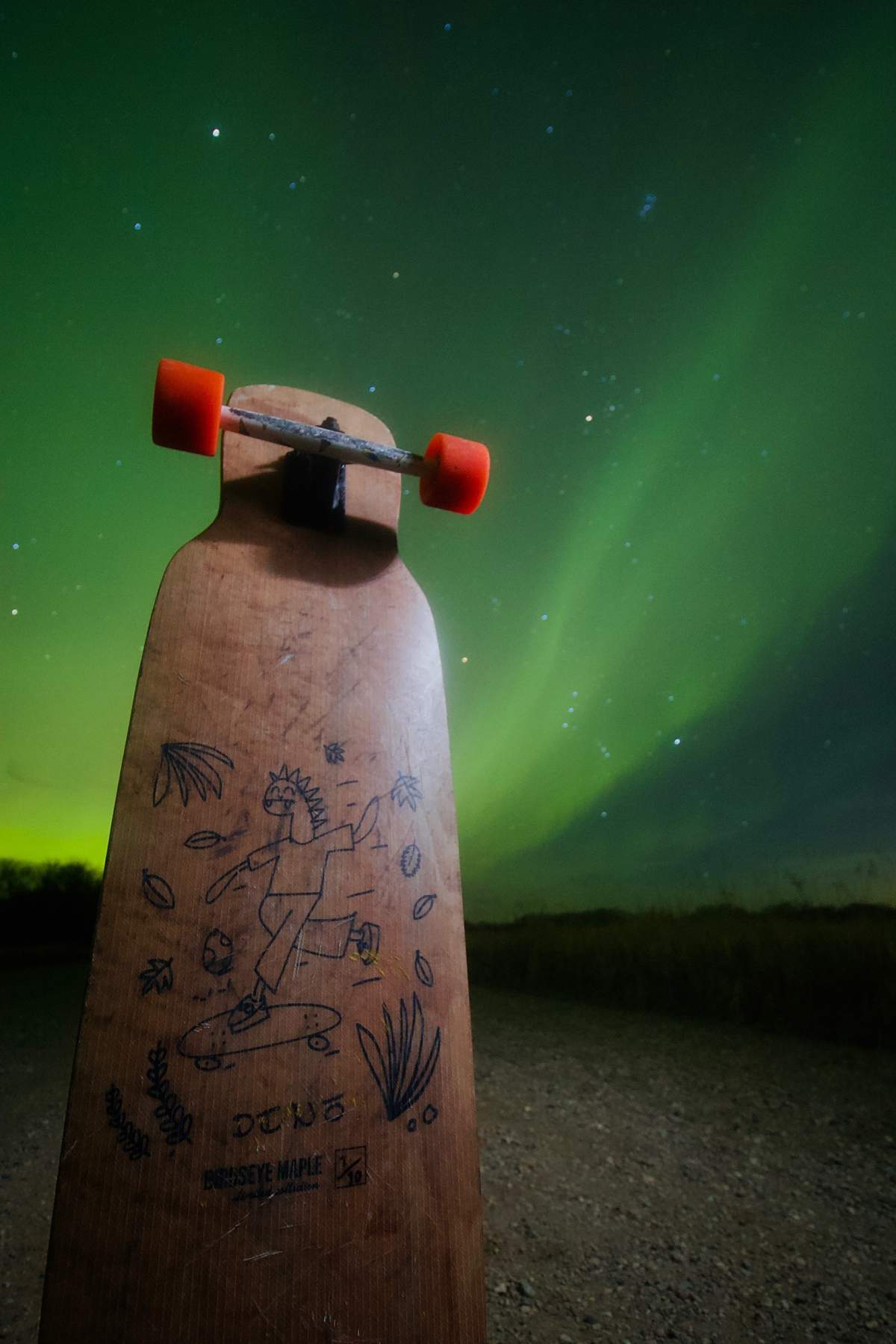
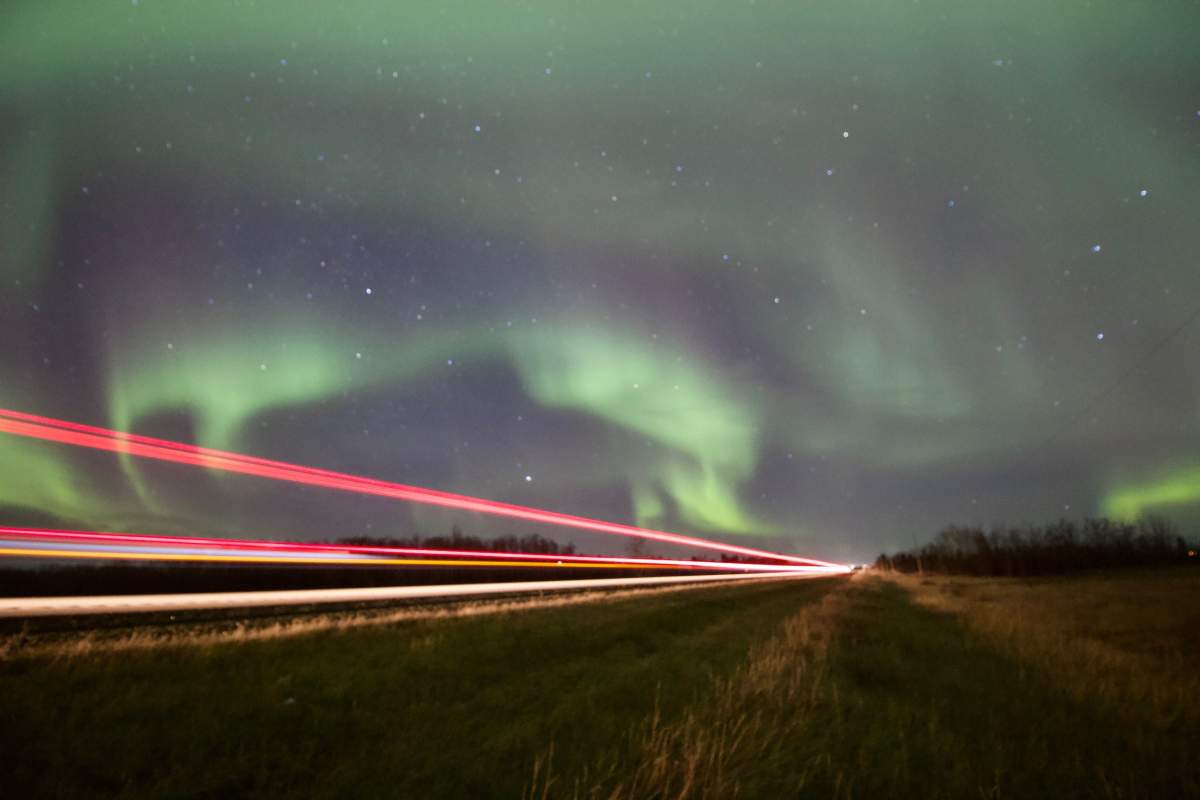

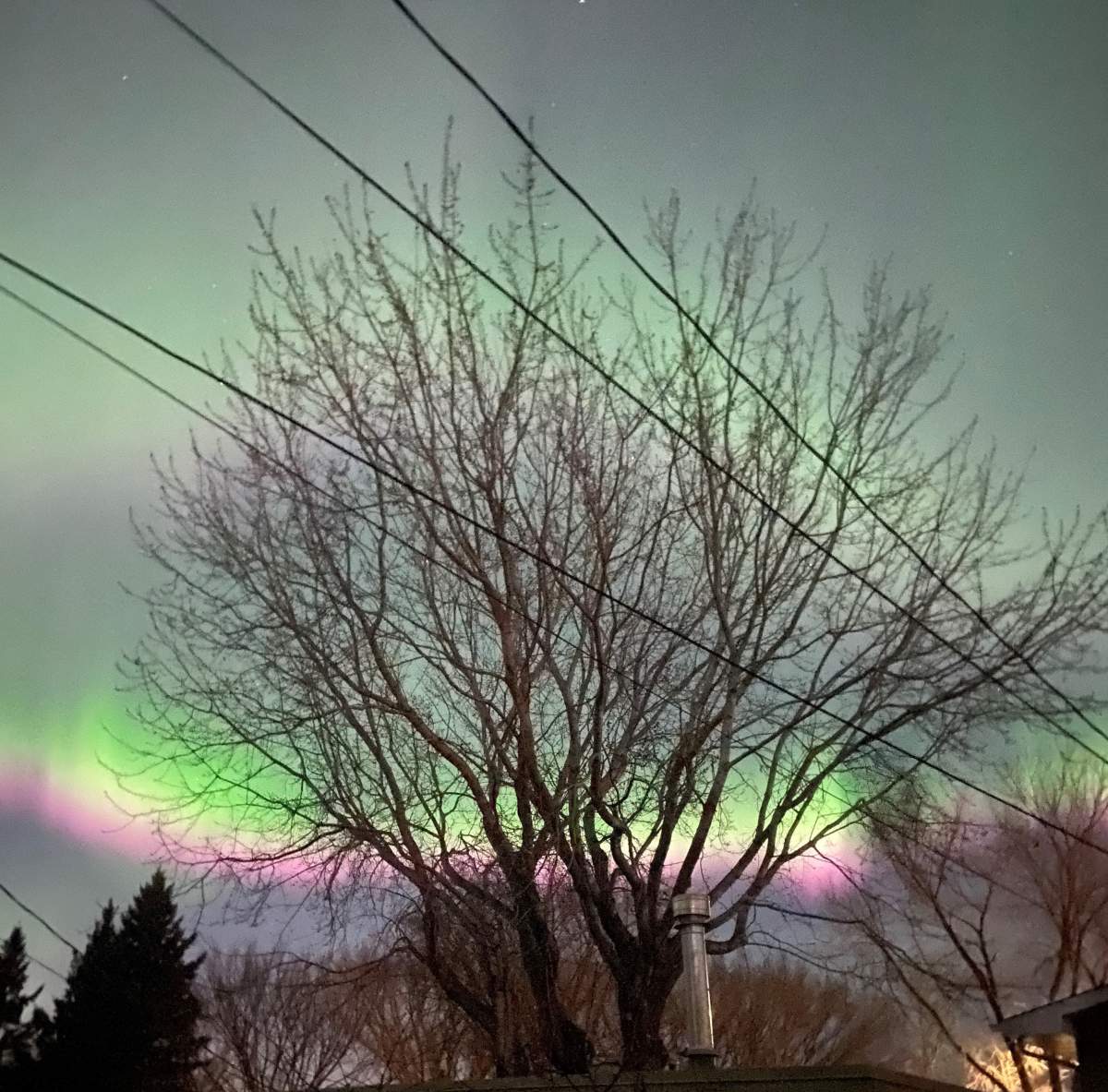



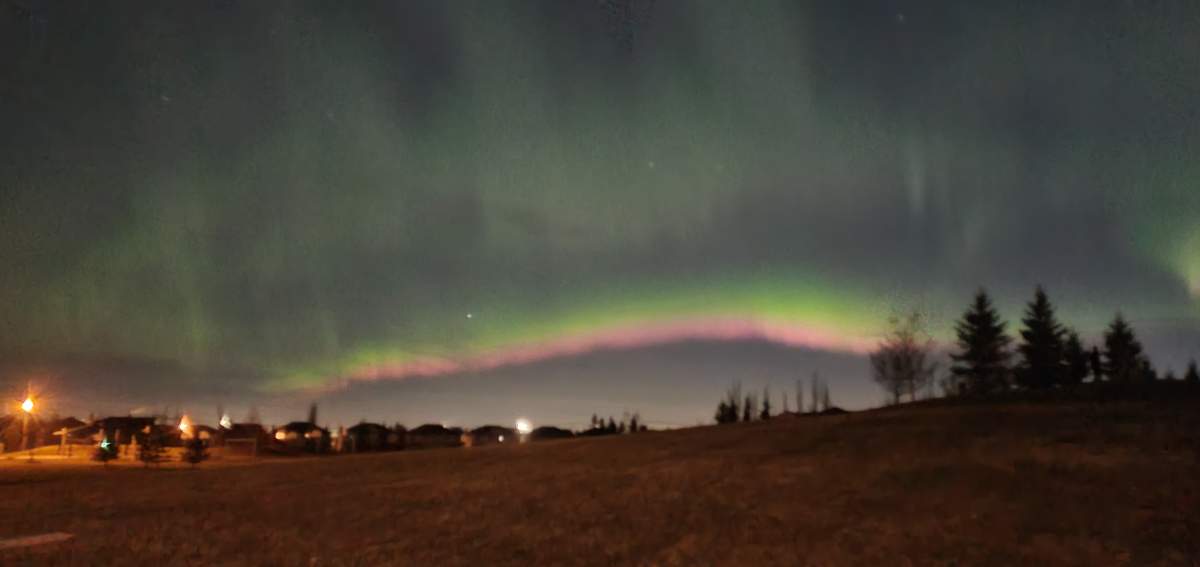
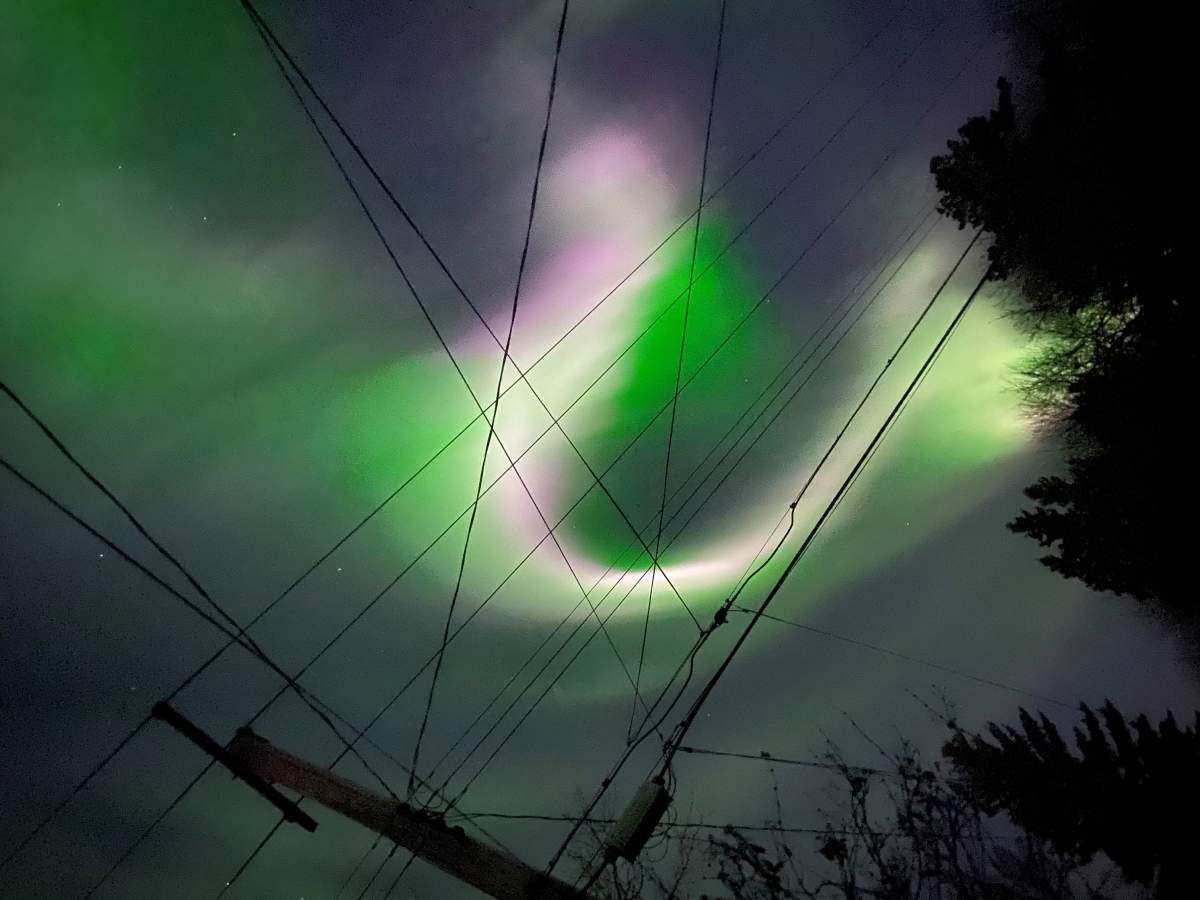




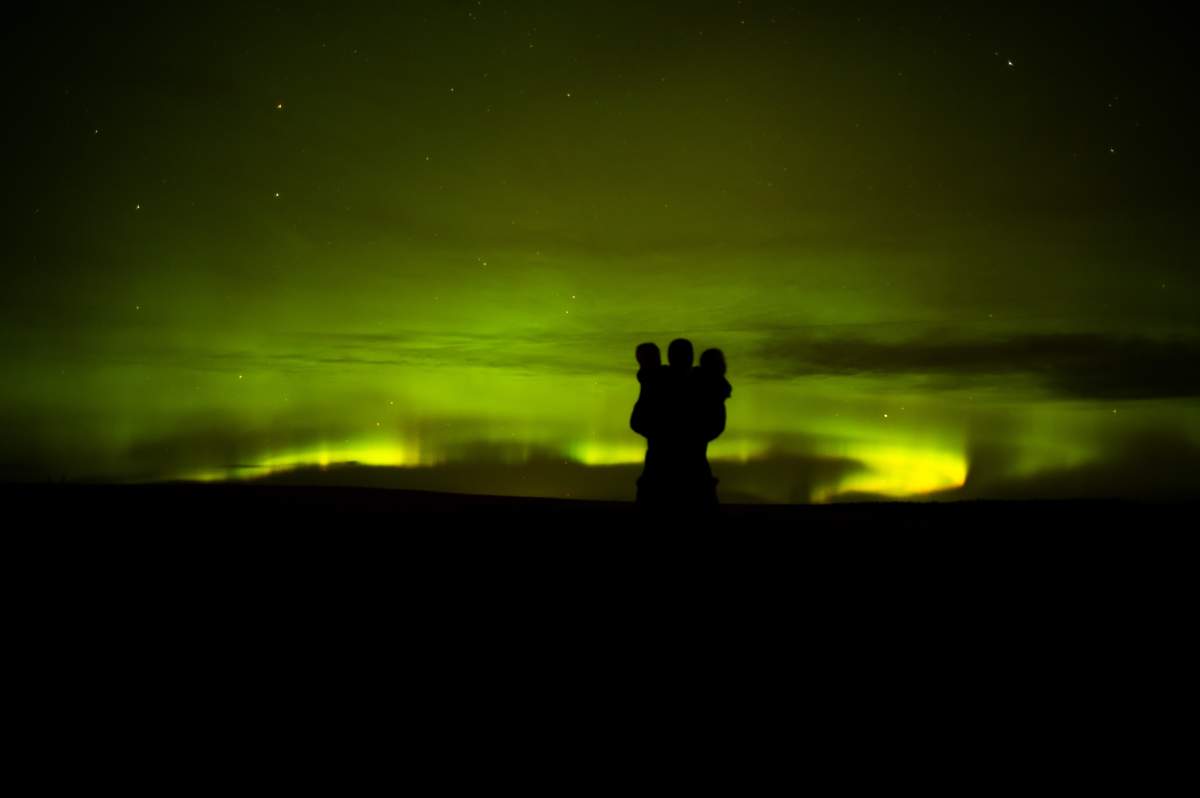

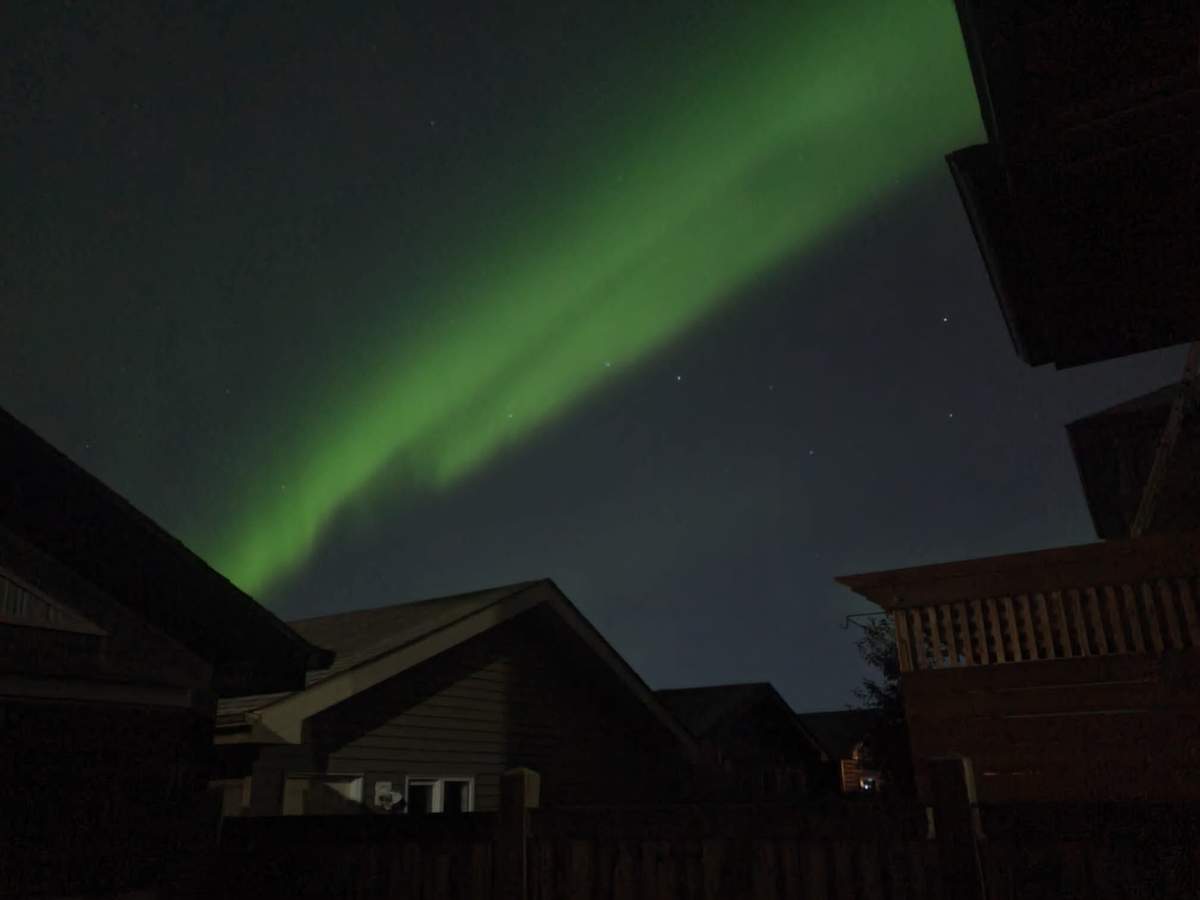

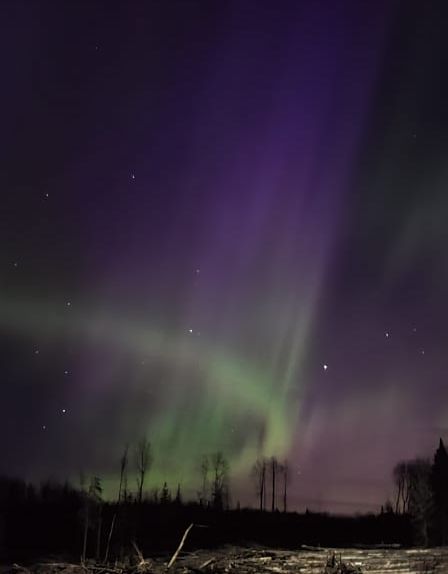

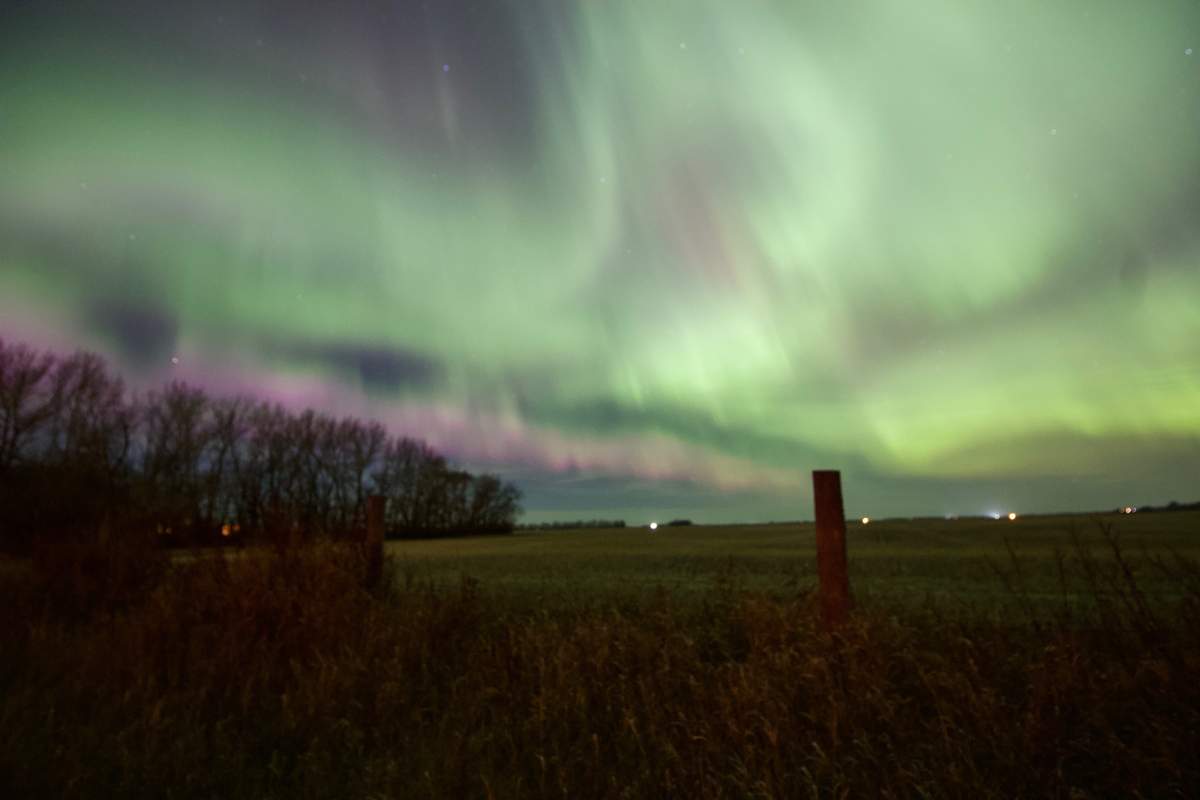
Comments